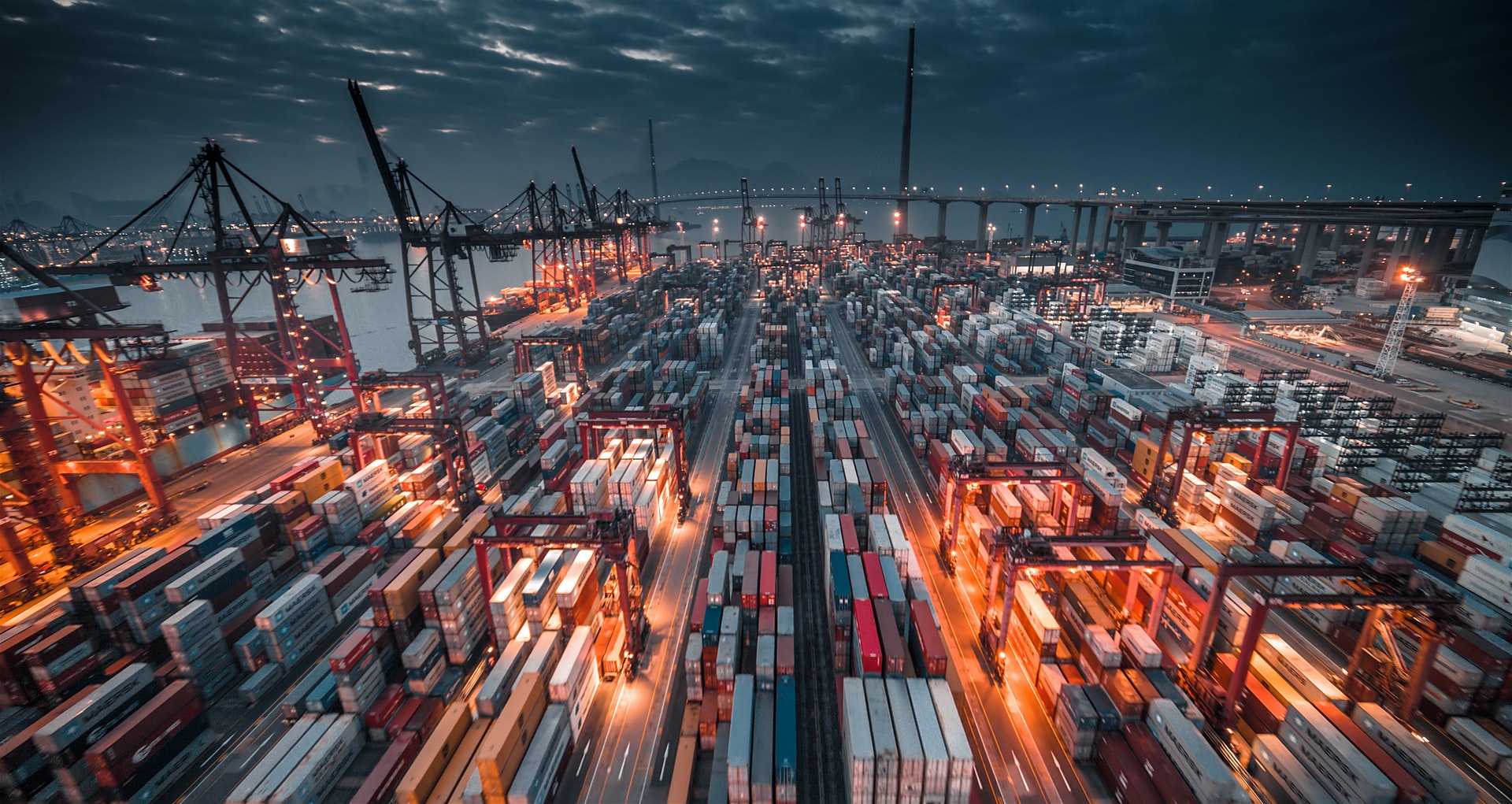The global shipping industry, may be in for another year of supply chain disruptions and heightened transportation rates. Industry analysts project that a recent COVID outbreak at a major port in China, backing up at least 50 ships and 350,000 containers, could strain global supply chains worse than the recent Suez Canal disaster.
Global shipping companies have posted impressive gains amid strong reopening demand, as well as a limited supply of operational vessels and containers. If ongoing disruptions persist through 2021, shipping rates should remain elevated and ocean-bound transport firms could be poised to post record-setting revenue.
Related ETF & Stocks: Breakwave Dry Bulk Shipping ETF (BDRY), Costamare Inc. (CMRE), Mærsk A/S (AMKBF), Eagle Bulk Shipping, Inc. (EGLE), Diana Shipping, Inc. (DSX)
COVD-19 Outbreak Backs Up Major Chinese Port
After a volatile year for shippers, supply chain disruptions are forecast to persist until 2022 as a major Chinese port creates headaches for the global shipping industry.
In southern China, shipping bottlenecks began in late May as COVID-19 re-emerged in the Guangdong province, forcing the Yantian port to shut down. Yantian is one of the world’s busiest ports, accounting for 24% of China’s total exports including furniture, electronics and car parts, per CNBC.
According to the Wall Street Journal, Yantian’s cargo hauling operations dropped as low as 30% capacity, but have returned to roughly 70% last week. However, the damage was already done as at least 50 ships are backed up and roughly 350,000 containers remain stacked on the port behind schedule. Vessel wait times at the Yantian port have risen from 0.5 days to 16 days amid the outbreak, which has in turn spilled over into other major ports in China, per CNBC.
CNN writes that the Yantian port congestion has backed up ports in Shenzen and Guangzhou, the fourth and fifth largest comprehensive container ports in the world. Backlogs are forecast to “add extra disruptions to an already stressed out supply chain” says Peter Sand, the chief shipping analyst at Bimco.
Further, an article from Loadstar found that the effects of the Yantian backlog could have a worse impact on the global supply chain the Suez Canal logjam. To compare, the Suez Canal disaster backed up roughly 400 ships over a six-day period, according to Deutsche Welle. Nearly 250,000 container shipments were delayed and $9 billion in international trade was held up per day.
Loadstar expects the container build up will take weeks before it can be fully resolved, while more cargo arrives at Chinese ports to feed demand from the US and Europe. Business Insurance adds that the effects could last through the end of the year, which would disrupt the busy year-end holiday shopping season.
As Disruptions Persist, Shipping Rates will Remain Elevated
It appears costs may remain high until shippers are able to produce enough vessels to meet demand.
The Freightos Baltic Index, highlighted by the Wall Street Journal, reported that the price to sail a 40-foot container vessel from China to the US West Coast was recorded at $6,614. That number is 57% higher than the start of the year and 386% higher than January 2020.
Further, Bloomberg recently found that a 40-foot vessel from Shangai to Rotterdam…
To read the rest of this Market Insight, START A FREE TRIAL You’ll also gain access to: If you already have a subscription, sign in










